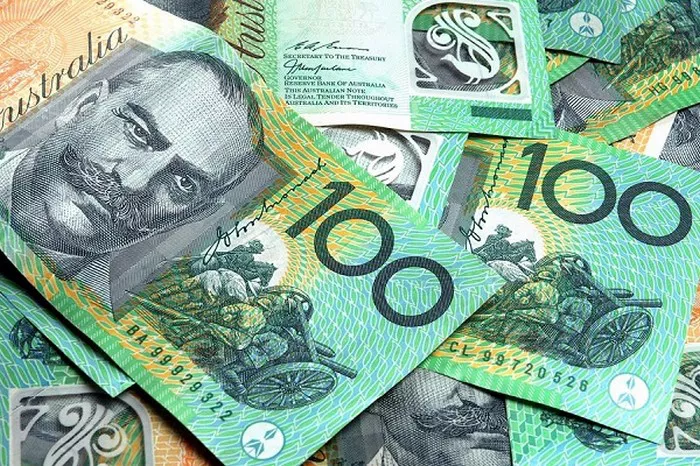AUD/USD continues to struggle, failing to stage a significant rebound, hovering near its lowest levels since November 2022 for the third day in a row on Friday. However, the AUD/USD Asian market can still remain above the mid-0.6300 level, but the fundamental background supports the AUD/USD to continue the decline established over the past two months.
The Australian dollar (AUD) continues to be weighed down by worsening economic conditions in China, trade tensions between the United States and China, and expectations of a rate hike by the Reserve Bank of Australia (RBA). In fact, U.S. Commerce Secretary Gina Raimondo said earlier this week that it does not expect to adjust the tariffs imposed by the Trump administration on China until the U.S. Treasury Department completes an ongoing review. In addition, the Reserve Bank of Australia stayed on hold for the third consecutive time on Tuesday, and the lack of new hawkish signals led investors to believe that the Reserve Bank of Australia will keep interest rates unchanged until the end of this year.
Additionally, the Federal Reserve (Fed) is expected to continue raising interest rates. In addition, U.S. macro data, including the number of Americans filing initial jobless claims last week released on Thursday, were stronger than expected, once again reinforcing market bets on another 25 interest rate hikes in 2023. This in turn has the U.S. dollar (USD) holding firmly below its highest levels since March 9 and suggests the path of least resistance for AUD/USD is to the downside. Therefore, the three-day range-bound price action is still considered a bearish consolidation phase. In addition, due to the lack of obvious long sentiment, traders need to exercise caution before confirming that AUD/USD has bottomed in the short term.


